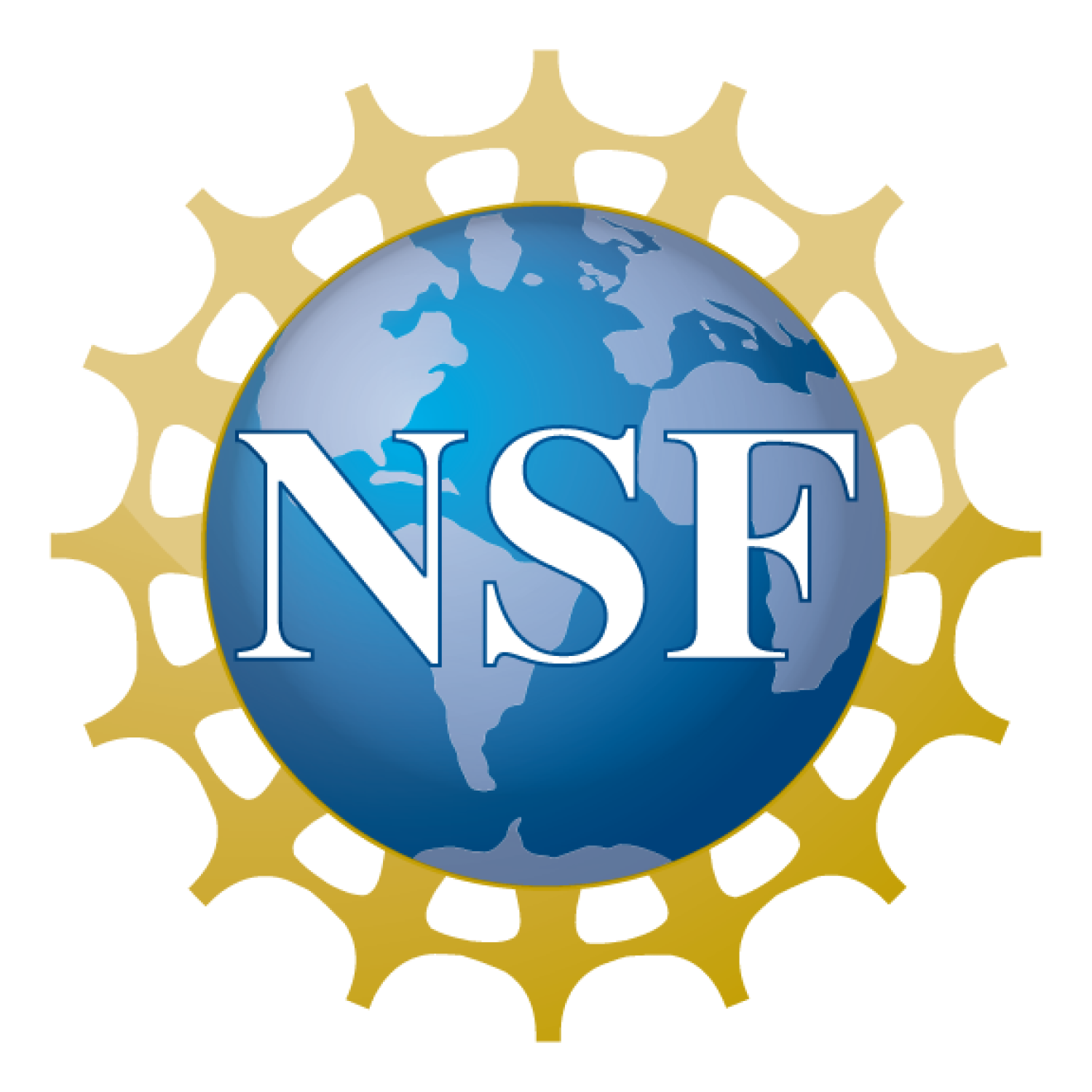Six students earn prestigious NSF Graduate Research Fellowships

The National Science Foundation has awarded six prestigious Graduate Research Fellowships to University of Colorado Boulder aerospace students, paving the way for them to continue their innovative and impactful research on campus.
The awards recognize outstanding graduate students from across the country in science, technology, engineering and mathematics (STEM) fields.
The six aerospace winners are among 26 students from majors across campus receiving the awards, as well as 31 additional students who earned Honorable Mentions. Each recipient will receive a $34,000 annual stipend for the next three years as well as professional development opportunities.
2020 CU Boulder Honorees
Categories: News

